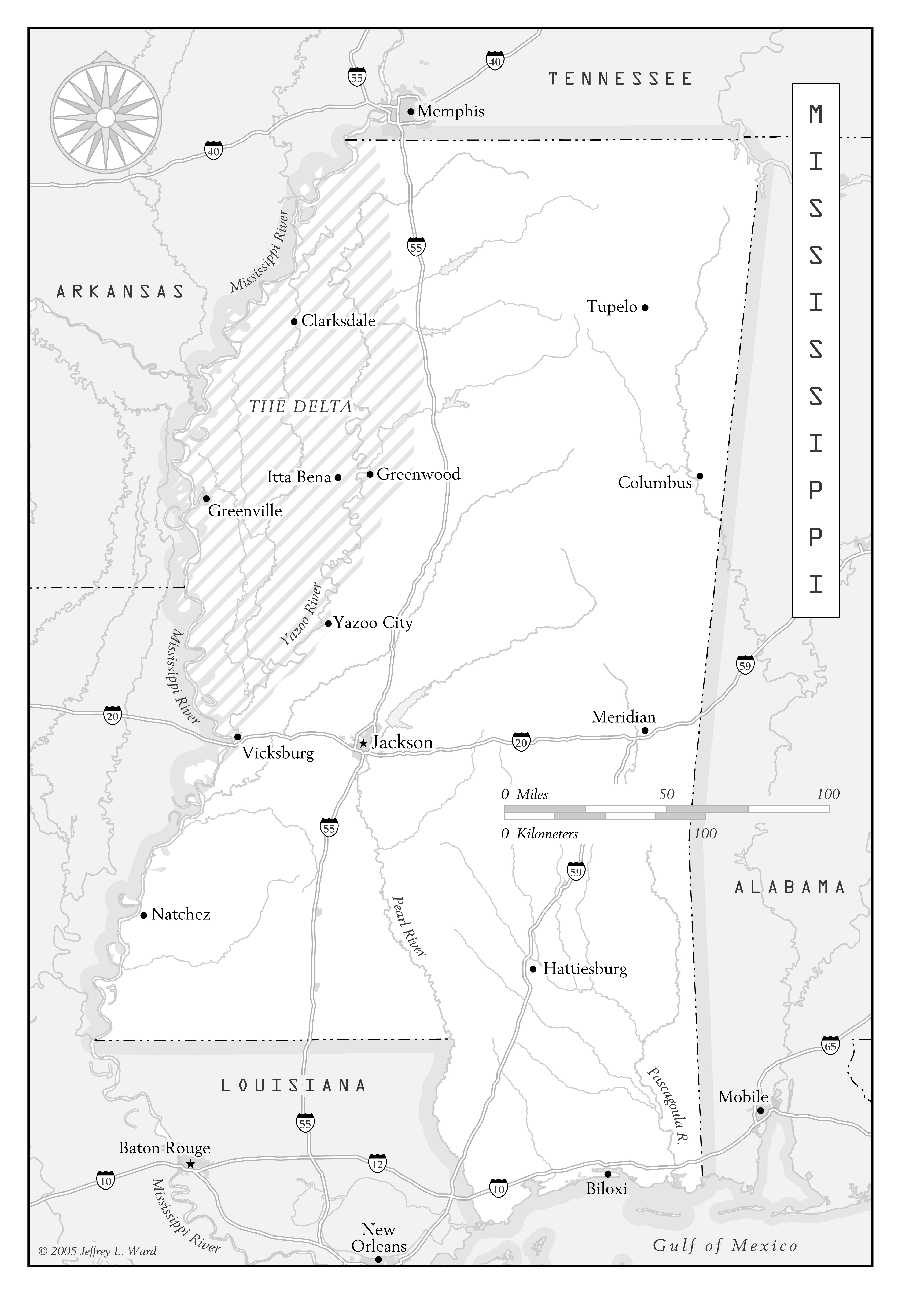"Race" Records
 |
| Bill Wyman's Blues Odyssey |
Remember the key dates 1606, the founding of the Jamestown colony in Virginia, and 1620, the arrival of the Pilgrims in Massachusetts? Well, another key date is 1619, when the first 20 African slaves were brought to Virginia. As American music developed from those earliest colonial days on, it was always part-African!
I got this book out of the library with an eye to finding out how the blues began, how jazz began, how spirituals/gospel began ... always with the assumption that these genres and others started as pure forms and then bled together over time. Wrong! If anything, just the opposite was true.
The roots of African-American music are hard to track because little of it was written down or notated during the roughly 300 years of slavery and post-Civil War Reconstruction period. Nor was it much written about. Neither was it ever pure and distinct from the music of white Americans, since Africans sang with whites in church and played instruments for whites' amusement all along.
Just as black and white churchgoers went their separate ways during the Reconstruction period in the South, there was the rise of minstrelsy, tent shows, and, later, vaudeville. African Americans, no longer slaves, made music professionally for other African Americans as well as for whites. In New Orleans, brass marching bands and bordello piano players were also pleasing two publics (actually, three, since Creoles and other mixed-race groups were thought of as distinct from both blacks and whites) while playing real good for cash.
Meanwhile, along came the phonograph. Phonograph records, also called gramophone records, replaced the phonograph cylinder as the recording medium of popular choice in the early 1900s. The cylinder's heyday was brief: from around 1888 to 1915. By 1910 the 10-inch 78-rpm disc was (according to Wikipedia) "by far the most popular standard, holding about three minutes of music or entertainment on a side."
Begun in 1916, the Paramount Records company was formed to produce records to be given away for free with phonographs whose wooden cabinets were manufactured by Paramount's parent, the Wisconsin Chair Company. Paramount launched its specialty label for black music one year after another legendary maker of "race" records, OKeh, debuted. Soon, race records were being released by Victor/Bluebird, Gennett/Champion, Black Patti, Black Swann, Meritt, QRS, Ajax, and (starting in 1934) Decca. That's just a partial list.
Race records were recordings of black artists intended to be sold to blacks. They were billed as "blues" records, "jazz" records, "rags," etc. — whatever the form of the actual music they contained.
 The artists never thought of themselves as "pure blues," "pure jazz," or pure anything else. They were entertainers and musicians, first, last, and foremost. "Ma" Rainey, "The Mother of the Blues," recorded sides like "Last Minute Blues" and "Bo-Weevil Blues," often backed by musicians today called "jazz" greats, such as Louis Armstrong, Coleman Hawkins, and Fletcher Henderson. Mamie Smith and "Her Jazz Hounds" made "Wabash Blues" for OKeh (see picture at right). And on and on. None of the artists held themselves out to be performers of any one genre of African American music.
The artists never thought of themselves as "pure blues," "pure jazz," or pure anything else. They were entertainers and musicians, first, last, and foremost. "Ma" Rainey, "The Mother of the Blues," recorded sides like "Last Minute Blues" and "Bo-Weevil Blues," often backed by musicians today called "jazz" greats, such as Louis Armstrong, Coleman Hawkins, and Fletcher Henderson. Mamie Smith and "Her Jazz Hounds" made "Wabash Blues" for OKeh (see picture at right). And on and on. None of the artists held themselves out to be performers of any one genre of African American music.It was all about marketing, about cashing in on the crazes of the day. A veneer of respectability was applied by means of advertising. Mamie Smith was at one point being billed as an "exclusive AJAX artist" on promotional material that read:
The Quality Race Record ... Wide-awake Phonograph dealers, all over the country, are becoming more and more alive to the potential possibilities in the fast-growing Negro population and the musical demands of this special group. Wherever there are Negroes, Phonograph dealers can "tap" an amazingly rich market with very little effort. AJAX is a nationally advertised line, supported by the finest "blues" talent and excellent dealers' service.




